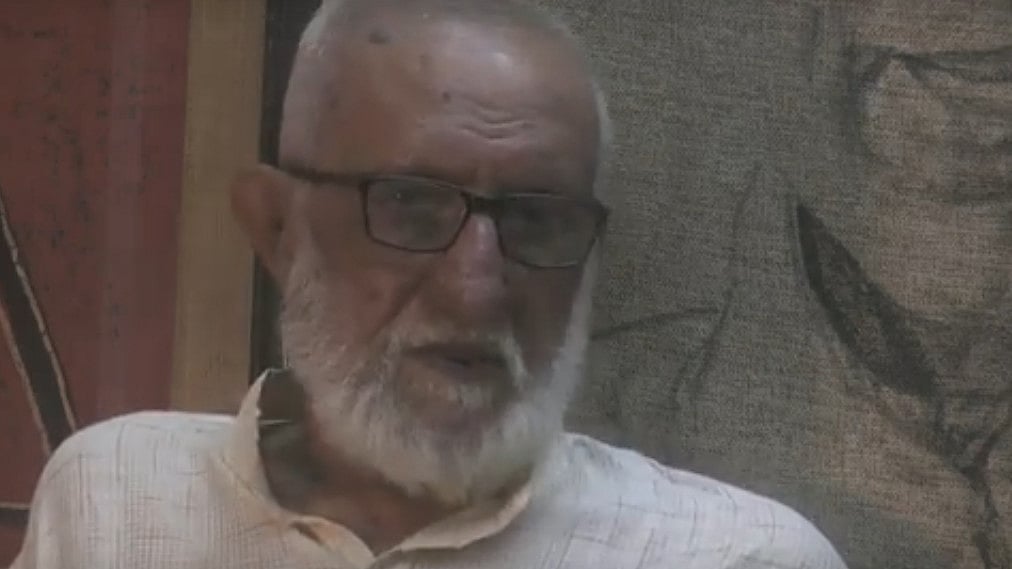NMP is an ongoing plan for “asset recycling”. Despite numerous past disappointments, the government has courageously announced a number of well-studied infrastructure programmes, which include the four-year NMP envisaging monetization of Rs 6 lakh crore worth of specified core & non-core infrastructure assets.
The project envisions leasing of select government assets like roads, power lines, mines and stadiums for a specified period, after which the asset will be returned back to the government. Funds so generated will be invested in greenfield infrastructure. NMP will run parallel to National Infrastructure Pipeline (NIP) and Gati Shakti programme. This coordinated move will not only speed the infra development but also be the driving force towards creating sustainable infrastructure and ensuring the seamless movement of goods & services.
In the process, employment opportunities will get generated and ease of doing business will also get facilitated. The Finance Ministry is reported to be working with other ministries, departments and state governments to quickly implement these three major reform programmes.
The focus is on supply-side reforms to ease structural infrastructure bottlenecks including cost reduction instead of merely concentrating on economic normalization. Full support will come from the fact that the government has continuously been taking meaningful facilitative measures like economic stimulus packages along with timely structural reforms in various sectors that would play a pivotal role in India’s economic recovery process.
GST is being reformed to achieve its potential. NaBFID- National Bank for Financing Infrastructure and Development is being set up to support long term infra financing. The government is also setting up a ‘National Land Monetization Corporation’. Government is likely to bring ‘Canada Lands Company’ on board to assist in the operations of this SPV. NMP will be implemented through relevant changes in existing contractual modes/regulatory regimes as well as capital market instruments like Infrastructure Investment Trusts (InvITs)/ Real Estate Investment Trust (REITs). These financial instruments would facilitate investors to invest in completed real estate and infrastructure assets with a low ticket size and adequate liquidity, thereby making the plan inclusive.
PROS include unshackling the unproductive PSUs; boosting investors’ confidence; minimizing completion risk (roughly 50% of government assets ready for monetization); NMP’s integration with NIP and Gati Shakti would resolve the historical irritant of delay in project implementation and optimal utilization of national infrastructure. Bureaucratic silos are being done away with. States’ participation is being ensured. NMP is not about generating revenues, but about efficient management and stewardship of public infrastructure.
The government has been continuously taking facilitative measures to make the NMP a success. Finance Minister has desired multilateral development banks to intensify private sector capital mobilization for inclusive and green development. Notably, the government’s thinking marks a historic shift on how India henceforth would be conducting the business of developing infrastructure. There is even talk of initiating changes in the administrative framework at the ground level. PM visualizes the initiative to be integrative and transformational.
CONS — Though the monetization programme holds grand promise, experiences of Land Portal initiative failure, Railway auction debacle and lacklustre performance of disinvestments all paint a dismal scenario creating doubts about whether the monetization plan would be able to attract adequate buyers. Executing NMP on such a large scale is bound to face bottlenecks.
Even with the assistance of highly qualified experts, it can become difficult to evaluate which specific government-owned assets should be leased out first and what benchmarks should be short-listed for projecting cash inflows for assets, especially when many may be illiquid. Opposition parties view the programme as a daylight robbery, creating a monopoly of a select few when the USA, South Korea and China are trying to control monopolies/duopolies. Monetization policy should have been debated in Parliament. There can also arise legal challenges.
It is imperative that all infrastructure initiatives get underpinned by a stable and predictable policy and regulatory framework ideally suited for a liberalized environment. Another imperative is that the government’s Institutional monitoring mechanism needs strengthening by associating professionals from Industry Associations/Chambers of Commerce & Industry with it. Trust, being basic for a flowering of a true partnership, is being repeatedly emphasized by the authorities. Mindset and thought processes need to shift to the realization that profit-making is not a zero-sum game that ignores public interest.
Supportive policy measures taken to build the trust are like doing away with the retrospective provision; PLI scheme which being pro-growth and pro-investment has been received well by both domestic and foreign investors; Telecom relief measures are being received well and timely Public-Private Partnership breaching the space frontier at an opportune time when several Indian and international companies have bet on satellite communications as the next frontier to provide internet connectivity at the retail level; Forest Act is being amended to ease land availability for the private sector for use of non-forestry purposes.
After Air India privatization, the government hopes to close BPCL stake sale and LIC IPO by March 2022. Contractual frameworks need to consider the state as a partner and not sovereign. This will also require the government to tread cautiously on separating its regulatory role from the asset-owning one. Gati Shakti by bringing together various ministries with a view to remove the bottlenecks in project implementation would be an enabler towards making multiplier factors in the vast infrastructure sector work effectively. Besides, the issue of user charges is bound to come up. Care has to be taken that user charges are kept rational.
The monetization programme is undoubtedly ambitious but not new. Success cases of monetization in India have been quite a few but these were carried out on a smaller scale like franchising of the Electricity sector in Bhiwandi, which resulted in a reduction in losses from 70% to 30%. Monetization was also successful in the case of the construction of the Mumbai Pune Highway.
Asset monetization has been widely successful abroad. What is required is a different constructive mindset amongst all stakeholders along with greater clarity on the actual terms of the deals. If basic issues especially pertaining to the valuation of individual assets get sorted out, the scheme could enjoy mammoth win-win potential. Ultimate success will lie in the quality of NMP’s execution









